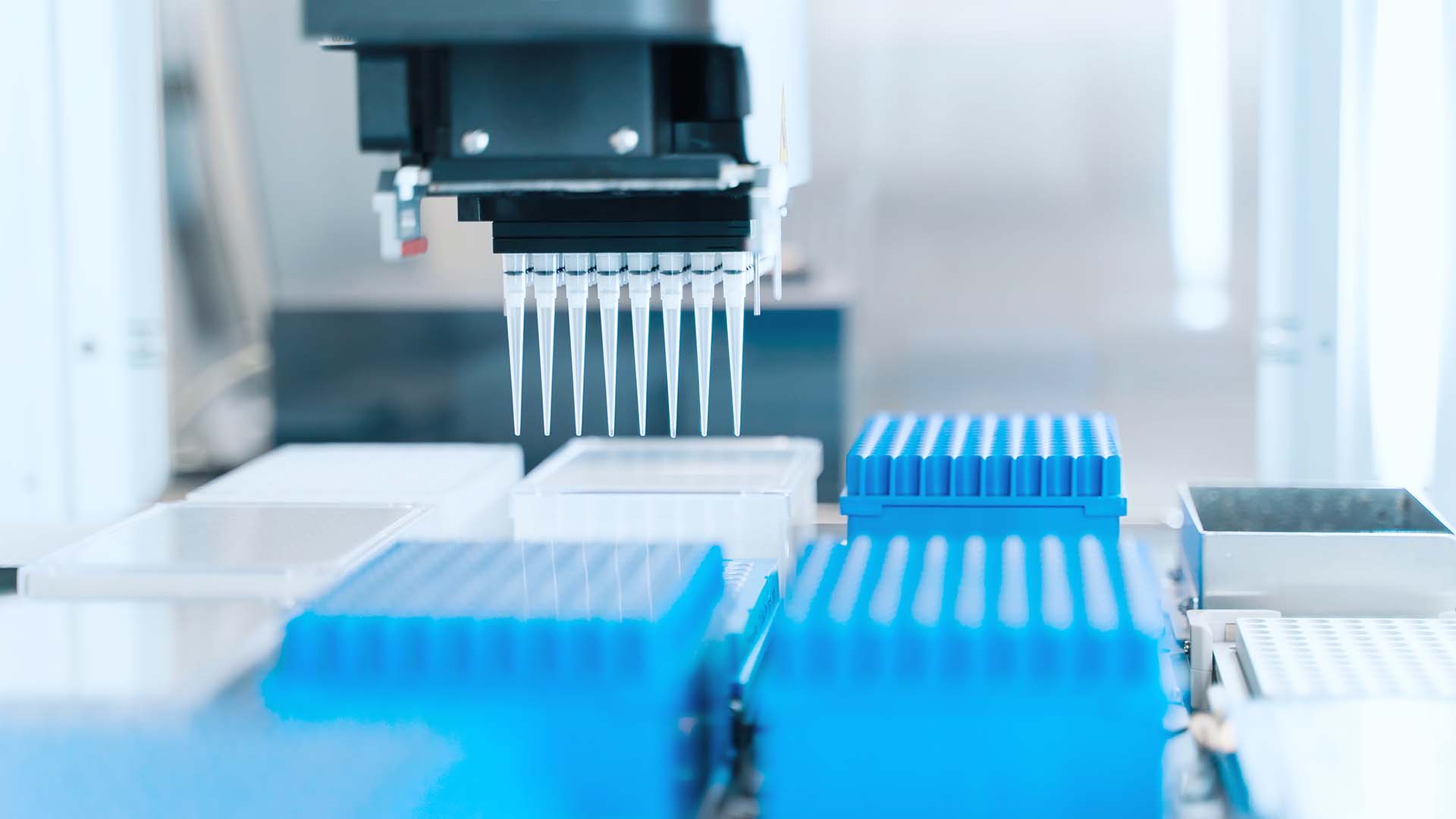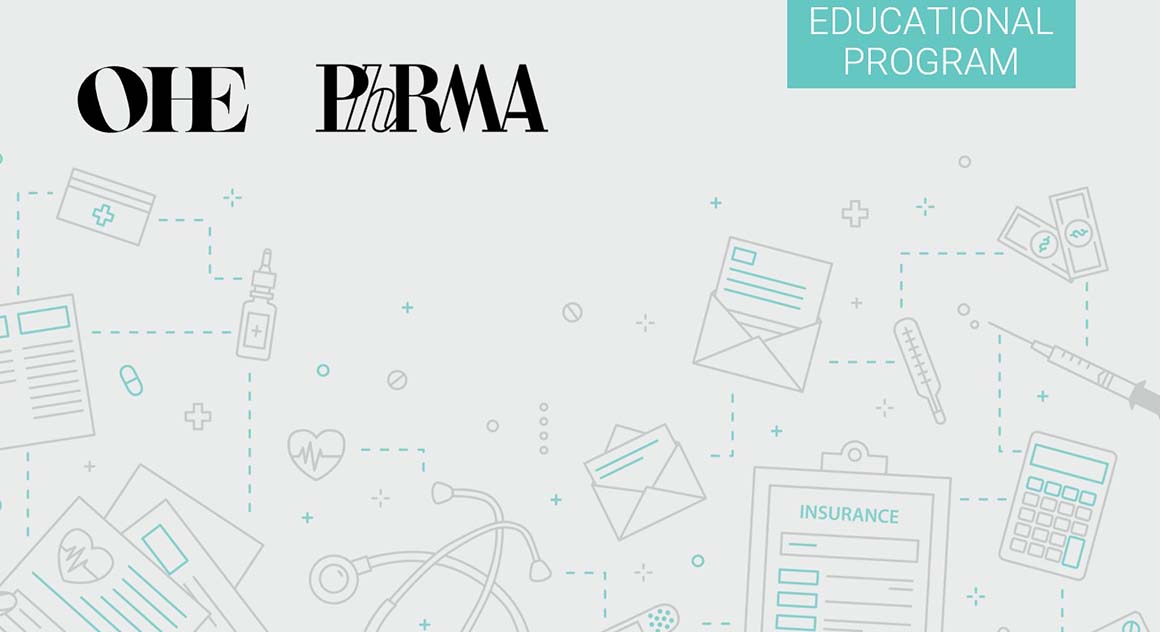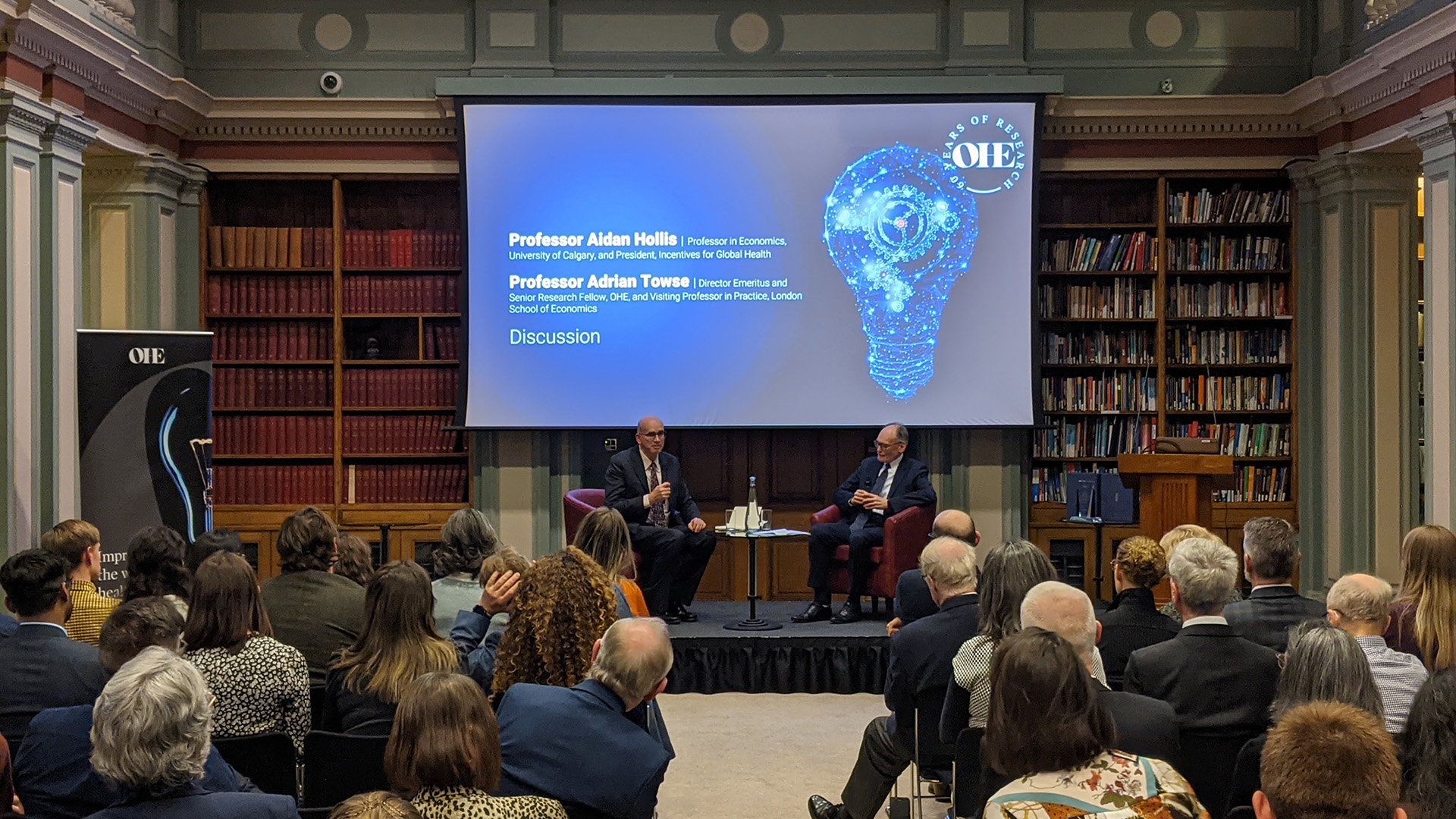Sign up to our newsletter Subscribe
Analysing Global Immunisation Expenditure

Sign up to our newsletter Subscribe


OHE’s Amanda Cole co-authors a new publication on the headroom approach, which can help assess the commercial value and viability of medical device development. In the latest issue of the International Journal of Technology Assessment in Health Care is an…
OHE’s Amanda Cole co-authors a new publication on the headroom approach, which can help assess the commercial value and viability of medical device development.
In the latest issue of the International Journal of Technology Assessment in Health Care is an article on assessing the commercial value of medical devices, co-authored by OHE’s Amanda Cole.
The (open access) article summarises the headroom approach, which was the subject of Amanda’s PhD (Chapman, 2013).
It is well known that the development process and lifecycle of a medical device are very different to those of a pharmaceutical product; these differences have important implications for both the developer and the health care decision-maker tasked with assessing its value to patients and the NHS (Chapman, 2014).
The headroom method provides a framework to support product development decisions, by grounding these in the potential reimbursement value of the device.
The article, co-authored with colleagues Alan Girling (University of Birmingham), Richard Lilford (University of Warwick) and Terry Young (Brunel University) describes how the headroom approach can be used at different stages of the development cycle.
At the very early stages, it can act as a “reality check” on the device’s economic viability, by defining the maximum (value-based) reimbursable price which sets a ceiling on production and development costs. Later, the method can be used at development reviews, with the concept of uncertainty (and the ability to revise decisions) introduced using a real options approach. Finally, it can have a role to play in pricing decisions.
The authors outline the various uses of the headroom approach and how they have been applied so far, before suggesting where additional methodological development could help contribute further to the health technology industry and ultimately the health service.
All authors of the paper worked on this research as part of the MATCH program (EPSRC Grant GR/S29874/01).
References
Girling, A., Lilford, R., Cole, A., & Young, T., 2016. Headroom approach to device development: Current and future directions. International Journal of Technology Assessment in Health Care, 31(5), pp.331–338.
Chapman, A., 2013. The use of early economic evaluation to inform medical device decisions: an evaluation of the headroom method (Doctoral dissertation, University of Birmingham).
Chapman, A., Taylor, C., & Girling, A., 2014. Are the UK systems of innovation and evaluation of medical devices compatible? The role of NICE’s medical technologies evaluation programme (MTEP). Applied Health Economics and Health Policy, 12(4), pp.347-357.
An error has occurred, please try again later.
This website uses cookies so that we can provide you with the best user experience possible. Cookie information is stored in your browser and performs functions such as recognising you when you return to our website and helping our team to understand which sections of the website you find most interesting and useful.
Strictly Necessary Cookie should be enabled at all times so that we can save your preferences for cookie settings.
If you disable this cookie, we will not be able to save your preferences. This means that every time you visit this website you will need to enable or disable cookies again.
This website uses Google Analytics to collect anonymous information such as the number of visitors to the site, and the most popular pages.
Keeping this cookie enabled helps us to improve our website.
Please enable Strictly Necessary Cookies first so that we can save your preferences!


